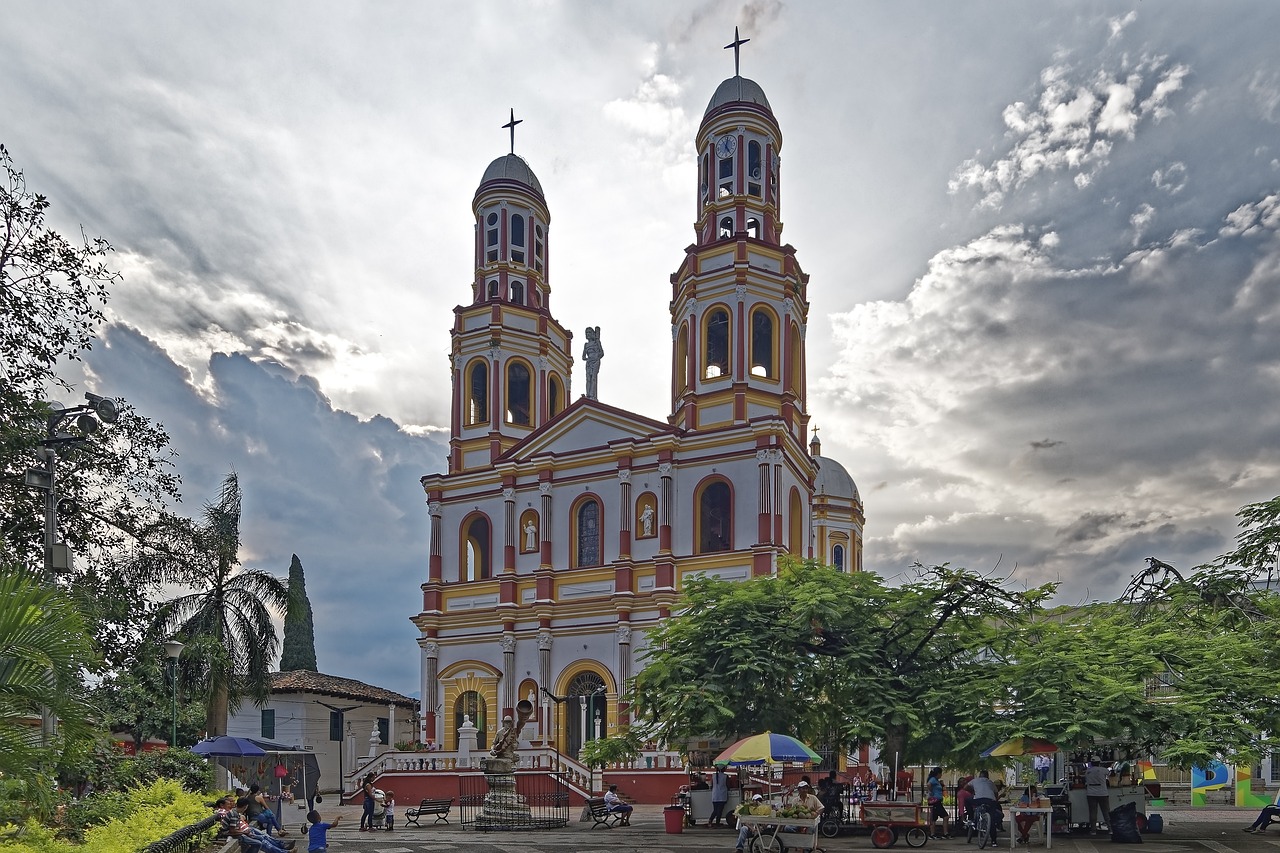Colombia Video
Language and Communication: Overcoming Barriers in Colombia
Language and communication are crucial aspects of human interaction, allowing individuals to express their thoughts, ideas, and emotions. In Colombia, a diverse country with multiple ethnic groups and regional variations, language plays a significant role in bridging cultural gaps and fostering understanding. However, there can be barriers to effective communication, including language differences, dialects, and limited access to education. This article explores the challenges faced in Colombia and the strategies employed to overcome these barriers.
Language Diversity in Colombia
Colombia is a linguistically diverse country, with Spanish being the official language. Spanish serves as the primary means of communication for the majority of the population. However, there are also numerous indigenous languages spoken by various ethnic groups, such as Wayuu, Nasa Yuwe, and Embera, among others. These languages are recognized as part of Colombia’s cultural heritage.
Despite the official status of Spanish, regional dialects and accents can pose challenges to effective communication. Different regions in Colombia have distinct linguistic characteristics, including variations in pronunciation, vocabulary, and grammar. For example, the coastal region may have a different accent compared to the highland areas. These dialectal differences can sometimes lead to misunderstandings or difficulties in comprehension.
Language Barriers and Overcoming Strategies
1. Bilingual Education Programs:
– Introduction: Bilingual education programs aim to enhance language skills in both Spanish and indigenous languages.
– Explanation: These programs provide students with the opportunity to learn and develop proficiency in multiple languages. By promoting bilingualism, Colombia aims to preserve indigenous languages and promote cultural diversity.
2. Language Exchange Programs:
– Introduction: Language exchange programs facilitate communication between individuals from different linguistic backgrounds.
– Explanation: These programs encourage language learners to interact with native speakers, fostering mutual understanding and language acquisition. By engaging in conversation and cultural exchange, barriers to communication can be overcome.
3. Translation and Interpretation Services:
– Introduction: Translation and interpretation services play a vital role in facilitating communication between individuals who speak different languages.
– Explanation: Professional translators and interpreters enable effective communication in various settings, such as business meetings, conferences, and healthcare interactions. These services ensure accurate and culturally appropriate communication between parties.
4. Language Learning Apps and Resources:
– Introduction: Language learning apps and resources provide accessible tools for individuals to learn new languages.
– Explanation: With the advancement of technology, language learning has become more convenient and flexible. Mobile apps and online platforms offer interactive lessons, vocabulary exercises, and pronunciation guides, enabling self-paced language acquisition.
5. Community Language Centers:
– Introduction: Community language centers serve as hubs for language learning and cultural exchange.
– Explanation: These centers provide language courses, cultural workshops, and events that promote understanding and appreciation of different languages and cultures. They create spaces for individuals to interact and learn from one another.
6. Public Awareness Campaigns:
– Introduction: Public awareness campaigns raise awareness about language diversity and the importance of effective communication.
– Explanation: Through media campaigns, educational initiatives, and community events, these campaigns educate the public about the value of linguistic diversity and encourage respect and inclusivity.
Colombia Image 1:

Language Policy and Legislation
Colombia recognizes the importance of language diversity and has implemented policies and legislation to safeguard linguistic rights. The Colombian Constitution of 1991 guarantees the protection and promotion of indigenous languages and cultural heritage. Additionally, Law 1381 of 2010 establishes measures for the protection, promotion, and use of indigenous languages.
The Ministry of Education in Colombia also supports initiatives to improve language education and address communication barriers. Efforts are made to integrate language diversity into the national curriculum, ensuring that students have access to quality education in their native language.
Colombia Image 2:

Conclusion
Language and communication play a vital role in overcoming barriers and fostering understanding in Colombia. The country’s linguistic diversity presents both challenges and opportunities. By implementing bilingual education programs, language exchange initiatives, and translation services, Colombia aims to bridge language gaps and promote inclusivity. Public awareness campaigns and language policy frameworks further contribute to creating a linguistically rich and inclusive society.
Colombia Image 3:

References
– Ministry of Education Colombia: www.mineducacion.gov.co
– Colombian Constitution of 1991: www.constitucioncolombia.com
– Law 1381 of 2010: www.secretariasenado.gov.co
– UNESCO Atlas of the World’s Languages in Danger: atlas.crl.edu


